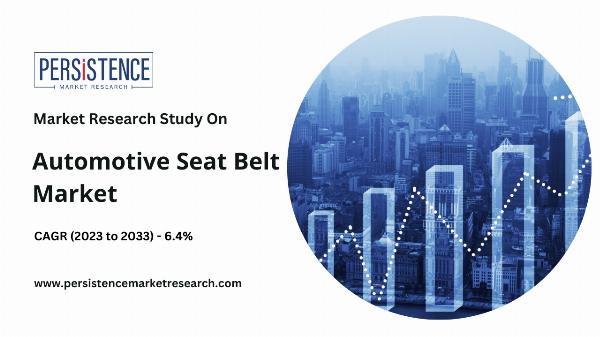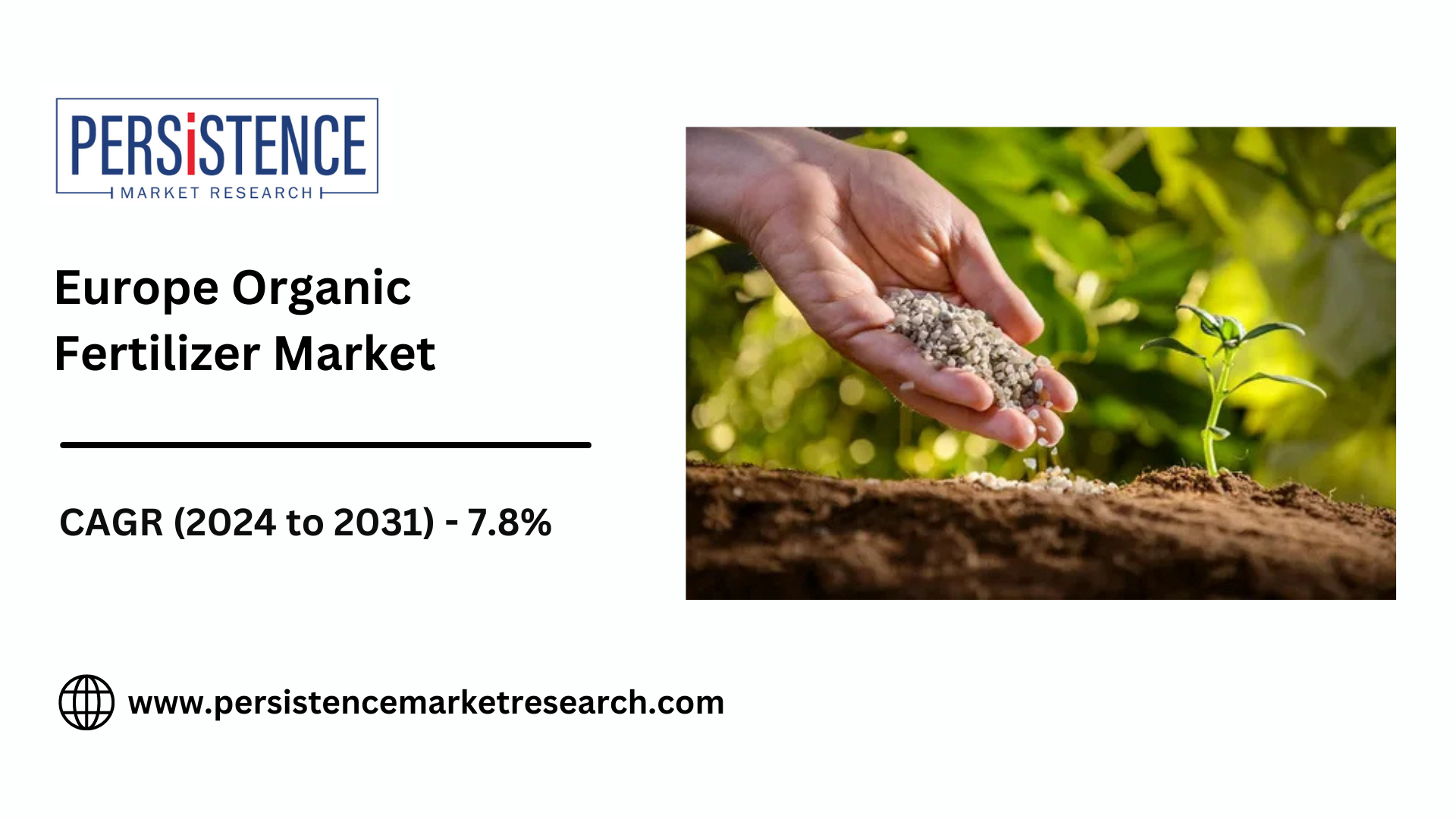Strategic Insights into the Polyethylene Terephthalate (PET) Market

Strong 8k brings an ultra-HD IPTV experience to your living room and your pocket.
The global polyethylene terephthalate (PET) market is expected to grow from US$47.7 billion in 2024 to US$72.1 billion by 2031, with a compound annual growth rate (CAGR) of 6.1%. The increasing demand for sustainable packaging solutions, particularly in the food and beverage sector, is a major growth driver. Recycled PET is projected to grow at a 7.1% CAGR due to the global push for sustainability and the circular economy. North America and South Asia & Oceania are key regions contributing to market growth, with North America focusing on eco-friendly products and South Asia benefiting from rapid industrialization. Innovations like chemical recycling and bio-based PET are further driving market dynamics.
The Polyethylene Terephthalate (PET) market is experiencing significant shifts due to evolving consumer demands, regulatory pressures, and the increasing focus on sustainability. As one of the most widely used plastics, PET is primarily known for its applications in packaging, textiles, and containers, especially within the beverage industry. However, the market landscape is transforming, driven by advancements in recycling technologies, shifts toward eco-friendly materials, and the global push for circular economy practices. In this article, we explore the strategic insights into the PET market, highlighting growth drivers, challenges, and emerging opportunities in this critical sector.
The Growth Drivers of the PET Market
1. Increasing Demand for Sustainable Packaging Solutions
One of the most significant drivers of growth in the PET market is the rising demand for sustainable packaging solutions. Consumers are becoming more aware of environmental issues such as plastic pollution, and as a result, there is growing pressure on manufacturers to adopt eco-friendly alternatives. PET, with its recyclability and ability to be reused multiple times without degradation, is increasingly being chosen as a sustainable option for packaging. The beverage industry, in particular, has driven PET adoption due to its cost-effectiveness and low weight, which reduces transportation costs.
The growing consumer preference for recyclable packaging is pushing brands to incorporate PET in their products. Additionally, regulatory pressures, such as the introduction of Extended Producer Responsibility (EPR) programs in various regions, are driving the adoption of recyclable materials like PET.
2. Rising Focus on Recycling and Circular Economy Practices
Recycling is at the heart of PET’s sustainability efforts. Advances in recycling technologies are enabling the recovery of PET from post-consumer products and its reuse in manufacturing new items. The increasing focus on the circular economy is another major driver for PET’s market growth. By implementing efficient recycling systems and promoting the use of recycled PET (rPET), companies are making strides toward reducing waste and carbon emissions.
Technologies such as chemical recycling, which allows PET to be broken down into its core components and reused without loss of quality, are expected to further enhance PET’s role in a circular economy. Companies that incorporate rPET into their production processes are becoming more competitive in an eco-conscious market, appealing to consumers who value sustainability.
3. Expansion of PET in Non-Packaging Applications
While PET has long been the material of choice for beverage and food packaging, its use is expanding into other industries. Non-packaging applications, such as in automotive parts, electronics, and medical devices, are increasingly adopting PET due to its strength, flexibility, and durability. This diversification of PET’s uses is opening up new market opportunities and further driving demand.
For instance, PET is gaining traction in the automotive industry, where it is used for lightweighting, improving fuel efficiency, and reducing overall emissions. Similarly, in the medical field, PET is used in medical packaging and devices, offering an alternative to more expensive and less sustainable materials.
Key Challenges Facing the PET Market
1. Dependency on Virgin PET Production
While PET is widely regarded for its recyclability, the global PET market still faces challenges with reliance on virgin PET production. Despite the push for recycled PET, the supply of rPET is limited, and the collection infrastructure for PET recycling remains insufficient in some regions. This creates a bottleneck for the industry as manufacturers continue to use a significant portion of virgin PET in production.
Furthermore, virgin PET production is energy-intensive and contributes to carbon emissions, which conflicts with the broader sustainability goals of reducing global greenhouse gas emissions. The balance between using virgin PET and increasing rPET adoption is a challenge that the industry must address to achieve true sustainability.
2. Plastic Waste and Pollution Issues
The issue of plastic waste and pollution continues to pose a significant challenge to the PET market. While PET is recyclable, a large portion of PET products are still disposed of improperly or end up in landfills and oceans, contributing to environmental pollution. Public and governmental pressures are pushing for more stringent regulations regarding plastic waste management, urging industries to reduce plastic usage and improve recycling rates.
Governments in North America, Europe, and other regions are implementing plastic bans, tax incentives, and waste management regulations aimed at curbing plastic pollution. Companies are being forced to adapt to these regulations by shifting to alternative materials or increasing their reliance on recycled content in their packaging.
3. Competition from Alternative Materials
Another challenge faced by the PET market is the competition from alternative materials, such as biodegradable plastics, plant-based plastics, and other sustainable packaging options. As the demand for eco-friendly packaging grows, PET is facing increased competition from these materials, which are often marketed as more sustainable alternatives.
For example, plant-based plastics, such as polylactic acid (PLA), are gaining popularity as alternatives to traditional plastics due to their renewable origins and biodegradability. While PET remains a dominant material due to its recyclability, the market needs to address these competing alternatives to maintain its position in the packaging industry.
Emerging Opportunities in the PET Market
1. Innovations in PET Recycling Technologies
The future of the PET market lies in the continued development of advanced recycling technologies. Innovations such as chemical recycling, which can break down PET into its original building blocks, and enzymatic recycling, which uses enzymes to degrade PET, are expanding the possibilities for recycling PET at a higher efficiency. These technologies have the potential to make PET recycling more sustainable and cost-effective, supporting the growth of the circular economy.
Additionally, improvements in mechanical recycling processes, such as better sorting technologies and automation, are enabling the recovery of higher-quality rPET, further supporting the shift toward sustainable packaging solutions.
2. Increasing Investment in Sustainability Initiatives
Investment in sustainability initiatives is another key opportunity for the PET market. Companies that prioritize sustainability are gaining a competitive edge in the marketplace, especially as consumers and governments place greater emphasis on environmental responsibility. Businesses are increasingly investing in research and development (R&D) to improve the performance of rPET and develop more sustainable packaging solutions.
The growing trend of using rPET in beverage bottles, personal care products, and food packaging is expected to continue as both manufacturers and consumers seek to reduce their environmental footprint. As major corporations set ambitious sustainability targets, the PET market will likely see increased investment in infrastructure and technologies that promote recycling and reduce waste.
3. Expansion in Emerging Markets
The PET market also has significant growth opportunities in emerging markets. As urbanization continues to accelerate in regions like Asia-Pacific, Latin America, and Africa, the demand for PET products, particularly in packaging, is expected to rise. These regions are seeing an increase in disposable income and consumer spending, particularly in sectors such as packaged food and beverages, which are the primary consumers of PET packaging.
In these markets, the adoption of PET is expected to grow, driven by the need for cost-effective and durable packaging solutions. As recycling infrastructures improve, these regions could also become key players in the global PET recycling market, offering new opportunities for the industry.
The Future Outlook of the PET Market
The future of the PET market is promising, with strong growth prospects driven by the increasing demand for sustainable packaging, innovations in recycling technologies, and expanding applications in various industries. While challenges such as plastic waste, dependency on virgin PET, and competition from alternative materials remain, the industry is actively working toward solutions.
As consumer preferences continue to shift toward eco-friendly products, companies that prioritize sustainability will be well-positioned for long-term success. The PET market is expected to see continued investment in R&D, improved recycling systems, and greater use of rPET, all of which will drive market growth and support the global transition to a more sustainable future.
Conclusion
Strategic insights into the PET market highlight both the challenges and opportunities shaping its future. While the market faces competition from alternative materials and the issue of plastic waste, the ongoing focus on sustainability, recycling, and circular economy practices offers considerable growth potential. Companies that embrace innovation, invest in sustainable practices, and align with consumer preferences for eco-friendly products will likely lead the charge in shaping the future of the PET market. As the industry evolves, PET will continue to play a central role in driving both environmental and economic change.
Note: IndiBlogHub features both user-submitted and editorial content. We do not verify third-party contributions. Read our Disclaimer and Privacy Policyfor details.







